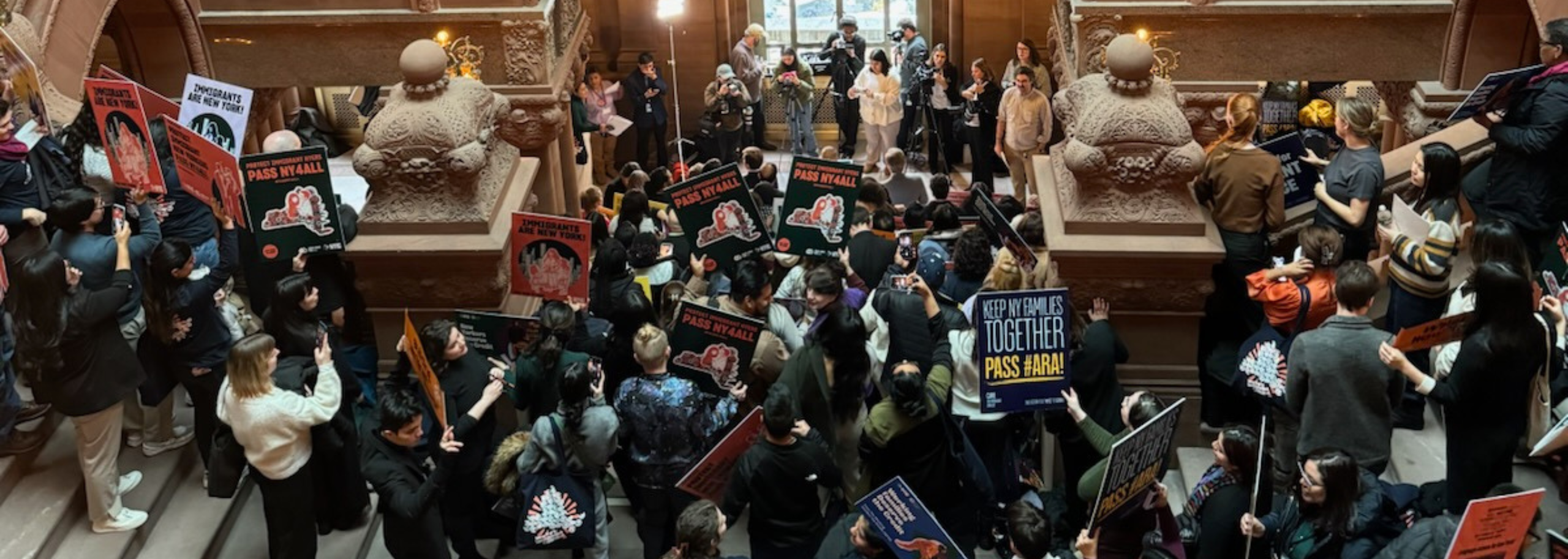Immigration Myths and Realities
People often come to us looking for advice on how to respond to false information they hear about immigrants. In this series, we debunk dangerous myths about immigration. If you would like to be added to our email list to receive these myths and realities, email Katie Graves-Abe kgraves-abe@neighborslink.org
Immigration Reality 1: Immigrants pay taxes
FACTS:
- Households led by immigrants contributed a total of $419.8 billion in federal taxes and $232.1 billion in combined state and local taxes annually. Immigrant households pay a total of $215.8 billion in contributions to Social Security each year.
- Undocumented immigrants are also taxpayers. Undocumented immigrants in the United States paid an estimated $89.8 billion in federal, state, and local taxes in 2023. $55.8 billion, was paid to the federal government while the remaining $33.9 billion was paid to state and local governments.
- In 2022, undocumented immigrants paid $25.7 billion in Social Security taxes, funding a critical government program that they cannot even access due to their legal status.
- In New York, undocumented immigrants contribute over $2.7 billion in state and local taxes annually.
Immigration Reality 2: Immigrants are less likely to commit serious crimes than native-born citizens
Facts:
- Decades of research has shown that immigrants are less likely to commit serious crimes than native-born citizens.
- Research also shows that high rates of immigration are associated with lower rates of violent crime and property crime. This holds true for both documented and undocumented immigrants.
- From 1990 – 2013, immigration in the United States increased significantly, including the number of undocumented immigrants, which more than tripled. During that time, the violent crime rate in this country declined 48%.
- More recently, there has been a significant increase in immigration to New York that started in April 2022. However, during this time, most major categories of crime (murder, rape, shootings) have decreased and there has not been a significant increase in general crime during this time frame.
- In 2023, Stanford University released a study that found that immigrants were imprisoned at lower rates than people born in the United States.
Immigration Reality 3: Immigrants generally do not take jobs from native-born residents
FACTS:
- Immigrants do not generally compete with U.S. born workers. Instead, immigrants usually compete with the migrants who came before them.
- Many immigrants with legal authorization to work here are highly skilled and sought after by U.S. companies because of shortages in the native-born skill base. Economists find that highly skilled immigrants have a significant positive impact on creating new jobs in the United States.
- Undocumented immigrants often fill the lowest rung of employment in construction, agriculture and domestic services. Studies show that low-skilled immigrant workers and low-skilled native-born workers take on very different jobs, with native-born workers taking jobs that require work authorization and English language skills.
- Immigration is associated with a net gain in job availability for all workers. One of the main reasons for this is that immigrants create new businesses at much higher rates than U.S.-born citizens. A recent report found that immigrants are 80% more likely than U.S.-born citizens to create new businesses. New business creation leads to more employment opportunities for all workers, including native-born Americans.
Immigration Reality 4: Undocumented immigrants are not eligible to receive most public benefits
Facts:
- Undocumented immigrants do not qualify for welfare, food stamps, Medicaid or most other public benefits.
- Most government assistance programs require proof of legal immigration status and even legal immigrants cannot receive many benefits until they have been in the United States for more than five years.
- Undocumented immigrants can receive schooling and emergency medical care. A recent report by the U.S. Chamber of Commerce states that “economists view expenditures on healthcare and education for children as investments that pay off later, when those children become workers and taxpayers.”
- Numerous studies have found that immigrants pay more in taxes than they receive in government services and benefits.
- Legal immigrants use federal public benefit programs at lower rates than U.S.-born citizens.
Immigration Reality 5: ALL children, regardless of immigration status, must have access to public education
Facts:
- Children of undocumented immigrants made up nearly 8% of the U.S. school population in 2016. More than 85% of those children were born in the U.S. and are citizens. The rest are undocumented immigrants themselves. In New York, children of undocumented immigrants make up 6% of the total K-12 school population.
- The Supreme Court ruled in 1982 that children, regardless of immigration status, must have access to public elementary and secondary education. The Court found that the harm imposed on our entire society by denying undocumented children from public schools was far greater than any resources saved from excluding them.
- Our entire country benefits from well-educated children. As our population ages, it is expected that today’s immigrant children in elementary school will be an important part of the workforce in the coming decades.
- There is significant opportunity in increased diversity in our schools. Research shows that increased racial, socioeconomic and ethnic diversity in classrooms provides students with a range of cognitive and social benefits.
